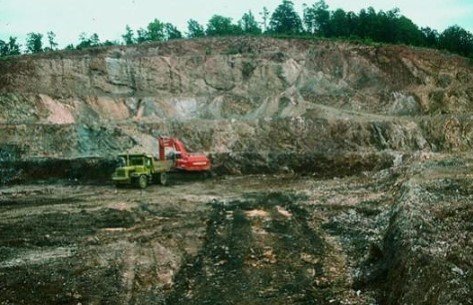Bhubaneswar: After more than two years of waiting for favorable market conditions, the Odisha government has finally approved the auction of 10 mineral blocks, including deposits of iron, manganese, and bauxite ores. This major decision comes following a recent push from the Central Government, particularly from Union Mines Minister G. Kishan Reddy, who reportedly urged the state to accelerate the auction process during his recent meeting with Chief Minister Mohan Charan Majhi.
According to official sources, the government has cleared the auction of four iron ore mines located in the mineral-rich districts of Sundargarh and Keonjhar. These include the Koira mine in Sundargarh and Roida-1, Putulipani, and Jalahuri in Keonjhar district, all of which had their leases expire in 2021. Additionally, a new iron ore mine, Jhumka-Pathiriposhi West in Sundargarh, will also be put up for auction for the first time, adding to the opportunities for investors.
The government has also approved the auction of three composite blocks containing both iron ore and manganese deposits in Sundargarh and Keonjhar districts. Further, two virgin bauxite blocks, one in Karlapat (Kalahandi) and another in Nunapaimali (Rayagada), have been cleared for auction, expanding the scope of mineral exploration in the state.
Despite being in power for over seven months, the BJP-led state government had been reluctant to move forward with e-auctions earlier due to low global metal prices and fears that limited bidder interest might result in lower premiums and revenue loss for the state exchequer. However, following increasing pressure from the Union Ministry of Mines, Odisha has decided to proceed with the auctions, even amid market uncertainties.
Industry experts say the state government’s hesitation stemmed from the risk that bidders may undervalue the mines, as the floor price for each block is determined based on the state’s fair value assessment. If market sentiment remains weak, actual bids could fall short of government expectations, potentially affecting long-term revenue projections.
Nonetheless, Odisha’s mining sector has remained one of the strongest pillars of the state’s economy since the introduction of the auction regime under the amended Mines and Minerals (Development and Regulation) Act, 2015. The new system of transparent e-auctions has significantly boosted state earnings — mining revenue is now reportedly 10 times higher than a decade ago.
For example, Jindal Steel and Power Ltd (JSPL) had earlier won the Kasia iron ore and dolomite block in Keonjhar by offering a premium of 118.1% over the floor price of 95.6%. Similarly, the Guali iron ore block witnessed a record premium bid of 144% from the same company, though JSPL later declined to sign the lease agreement.
The upcoming round of auctions is expected to attract major domestic and global mining players, potentially rejuvenating the state’s mineral economy. While the market remains cautious, the move signals Odisha’s renewed commitment to ensuring the optimal utilization of its vast mineral wealth, supporting both industrial growth and long-term revenue generation.


